
A MediaWise/PBS News Student Reporting Labs series of videos and lessons all about teaching students the basics of generative A.I. This series explores how to detect A.I., identifying misinformation, ethical challenges, and prompt engineering. Aligned with national standards, each lesson is designed to facilitate smart classroom discussions that encourage critical thinking and digital literacy.
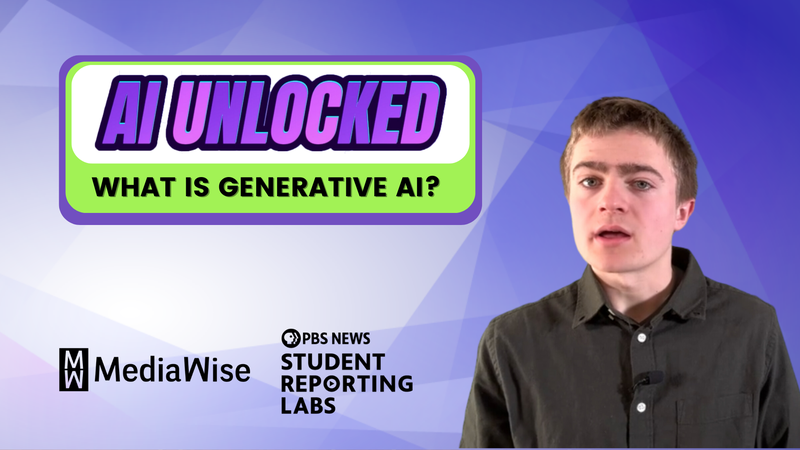
How A.I. works and the implications of the technology is what this lesson will explore. Students will be challenged to think critically and collaborate on ideas for responsible use.
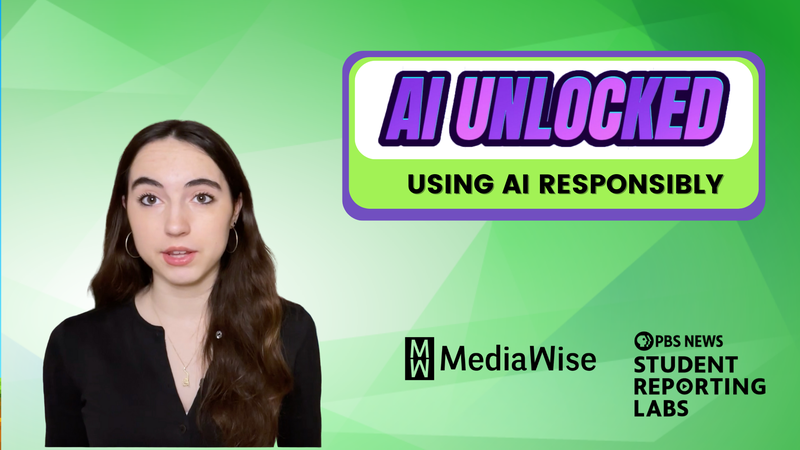
This lesson will teach students about ethical A.I. use. They will think about ways to identify responsible A.I. use and apply those understandings to their lives.
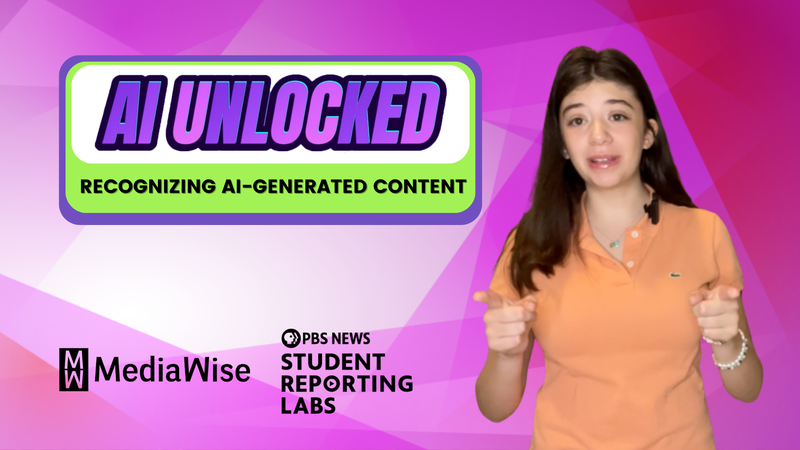
This lesson teaches students how “bad actors” use A.I. to spread misinformation and explores practical tools and strategies to detect A.I. generated content.
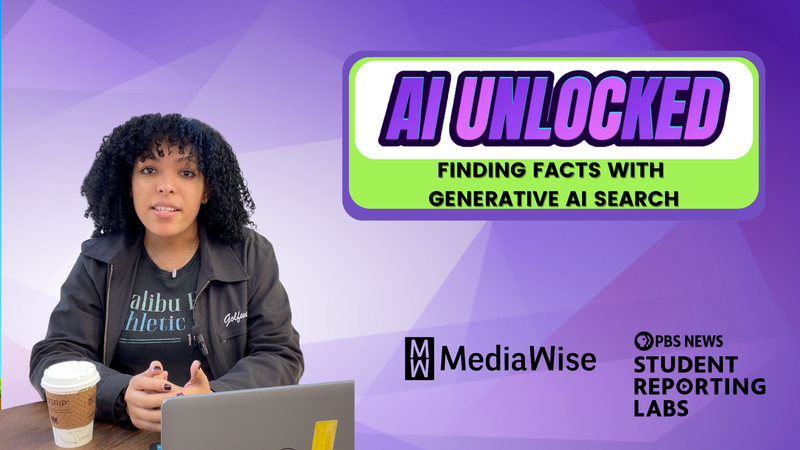
This lesson teaches students how A.I. responds to different types of prompts and how they can use prompt engineering to get accurate, well-structured information.
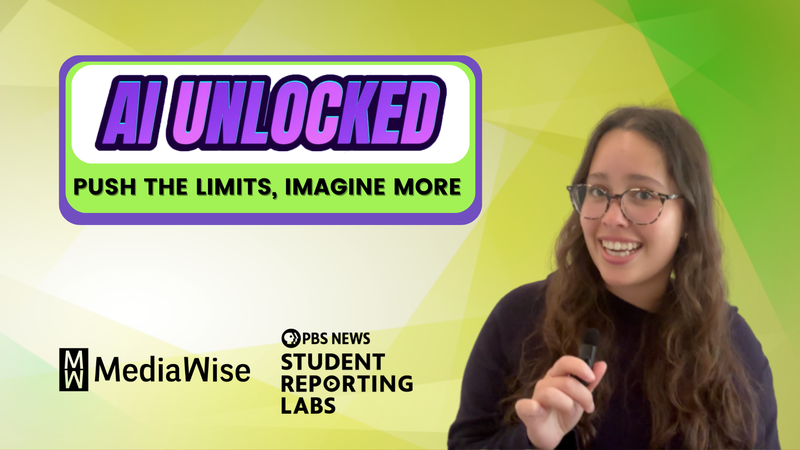
This lesson will walk students through how to evaluate A.I. tools by examining their purpose, reliability, privacy policies and credibility. They will also brainstorm their own ideas for A.I. tools.
The MediaWise Teen Fact-Checking Network – or TFCN – is a virtual newsroom made up of middle and high schoolers from across the United States who use social media to debunk viral misinformation and share media literacy tips.
These videos and lessons were developed by the Poynter Institute’s MediaWise and the Teen Fact-Checking Network in partnership with PBS News Student Reporting Labs. This partnership has been made possible through our collaboration with the Patrick J. McGovern Foundation.
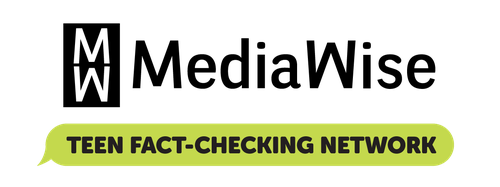
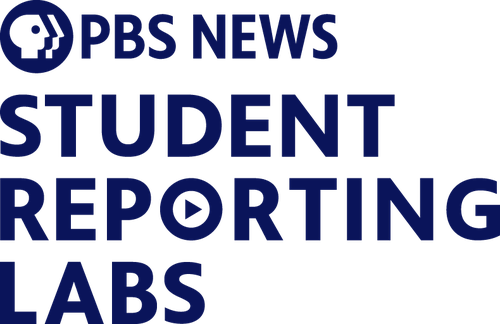
A set of moral principles based on standards of right and wrong, usually in terms of obligations, benefits to society, fairness, or specific virtues.
Belief that someone or something is reliable, good, honest, effective, etc.
Prejudice in favor of or against one thing, person, or group compared with another, usually in a way considered to be unfair.
An obligation or willingness to accept responsibility or to account for one's actions.
Investigating and explaining, in a critical and clear-eyed way, how people try to solve widely shared problems. Solutions journalism focuses on responses to problems.
Something that is known or proved to be true.
A view or judgment formed about something, not necessarily based on fact or knowledge.
Something that is accepted as true or as certain to happen, without proof.
An investigation into and study of sources in order to establish facts and reach new conclusions.
A source is an individual, company, document or more that can provide information to fuel a new story. In order for a story to be considered verified and to maintain a reputation as a news outlet, it is important to have a credible source.
A question that comes after an interview subject responds to an initial question asked by the interviewer. A good follow-up question derives from listening to what the interviewee is saying and determining how best to help them elaborate and share more information.
After someone reviews your work, it is good practice to receive feedback, or an evaluation of your work based on certain standards. Feedback from multiple perspectives is an important part of the process. Masterpieces are rarely created in isolation.
The process of verifying the accuracy of a piece of information.
A desire to learn and know about something or anything.
Historical inquiry is based on materials left from the past that can be studied and analyzed. (NCSS D2.His.9.9-12 - D2.His.13.9-12)
Civics teaches the principles—such as adherence to the social contract, consent of the governed, limited government, legitimate authority, federalism, and separation of powers—that are meant to guide official institutions such as legislatures, courts, and government agencies. (NCSS D2.Civ.7.9-12 - D2.Civ.10.9-12)
Determine the kinds of sources that will be helpful in answering compelling and supporting questions, taking into consideration multiple points of view represented in the sources, the types of sources available, and the potential uses of the sources. (NCSS D1.5.9-12)
Explain points of agreement and disagreement experts have about interpretations and applications of disciplinary concepts and ideas associated with a supporting question and explain how supporting questions contribute to an inquiry and how, through engaging source work, new compelling and supporting questions emerge. (NCSS D1.3.9-12 - D1.4.9-12)
Analyze a major global challenge to specify qualitative and quantitative criteria and constraints for solutions that account for societal needs and wants. (NGSS HS-ETS1-1)
Students recognize the responsibilities and opportunities for positively contributing to their digital communities. (ISTE)
Students leverage technology to take an active role in choosing, achieving and demonstrating competency in their learning goals, informed by the learning sciences. (ISTE)
Students critically curate a variety of resources using digital tools to construct knowledge, produce creative artifacts and make meaningful learning experiences for themselves and others. (ISTE)
At its heart, chronological reasoning requires understanding processes of change and continuity over time, which means assessing similarities and differences between historical periods and between the past and present. (NCSS D2.His.1.9-12 - D2.His.3.9-12)
Whether students are constructing opinions, explanation, or arguments, they will gather information from a variety of sources and evaluate the relevance of that information. (NCSS D3.1.9-12 - D3.2.9-12)
Civics is the discipline of the social studies most directly concerned with the processes and rules by which groups of people make decisions, govern themselves, and address public problems. (NCSS D2.Civ.11.9-12 - D2.Civ.14.9-12)
Explain how a question reflects an enduring issue in the field and explain points of agreement and disagreement experts have about interpretations and applications of disciplinary concepts and ideas associated with a compelling question. (NCSS D1.1.9-12 - D1.2.9-12)
Students communicate clearly and express themselves creatively for a variety of purposes using the platforms, tools, styles, formats and digital media appropriate to their goals. (ISTE)
Students use digital tools to broaden their perspectives and enrich their learning by collaborating with others and working effectively in teams locally and globally. (ISTE)
Students develop and employ strategies for understanding and solving problems in ways that leverage the power of technological methods to develop and test solutions. (ISTE)
Historical understanding requires recognizing this multiplicity of points of view in the past, which makes it important to seek out a range of sources on any historical question rather than simply use those that are easiest to find. It also requires recognizing that perspectives change over time, so that historical understanding requires developing a sense of empathy with people in the past whose perspectives might be very different from those of today. (NCSS D2.His.4.9-12 - D2.His.8.9-12)
In order to act responsibly and effectively, citizens must understand the important institutions of their society and the principles that these institutions are intended to reflect. That requires mastery of a body of knowledge about law, politics, and government. (NCSS D2.Civ.1.9-12 - D2.Civ.6.9-12)
Media Literacy
Education
Digital Literacy/Citizenship
Beginner
Computers
Post It Notes
White board, chalkboard or other visual board
Markers
Slides
Projector
Internet
Notebook
5 Weeks